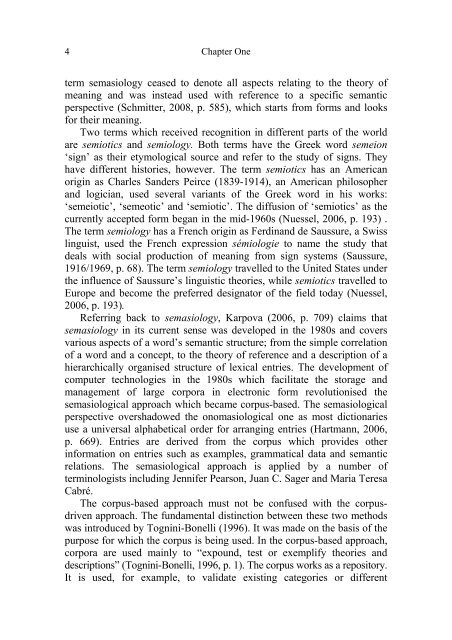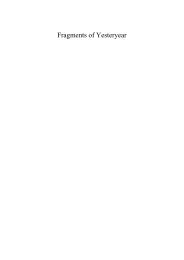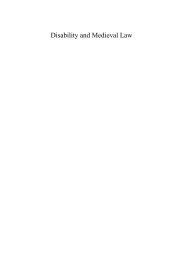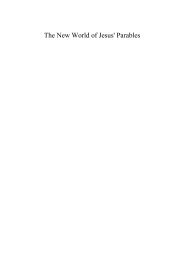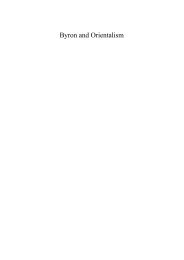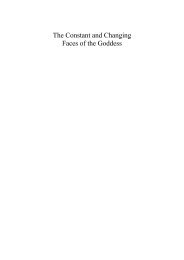Sample pdf - Cambridge Scholars Publishing
Sample pdf - Cambridge Scholars Publishing
Sample pdf - Cambridge Scholars Publishing
You also want an ePaper? Increase the reach of your titles
YUMPU automatically turns print PDFs into web optimized ePapers that Google loves.
4<br />
Chapter One<br />
term semasiology ceased to denote all aspects relating to the theory of<br />
meaning and was instead used with reference to a specific semantic<br />
perspective (Schmitter, 2008, p. 585), which starts from forms and looks<br />
for their meaning.<br />
Two terms which received recognition in different parts of the world<br />
are semiotics and semiology. Both terms have the Greek word semeion<br />
‘sign’ as their etymological source and refer to the study of signs. They<br />
have different histories, however. The term semiotics has an American<br />
origin as Charles Sanders Peirce (1839-1914), an American philosopher<br />
and logician, used several variants of the Greek word in his works:<br />
‘semeiotic’, ‘semeotic’ and ‘semiotic’. The diffusion of ‘semiotics’ as the<br />
currently accepted form began in the mid-1960s (Nuessel, 2006, p. 193) .<br />
The term semiology has a French origin as Ferdinand de Saussure, a Swiss<br />
linguist, used the French expression sémiologie to name the study that<br />
deals with social production of meaning from sign systems (Saussure,<br />
1916/1969, p. 68). The term semiology travelled to the United States under<br />
the influence of Saussure’s linguistic theories, while semiotics travelled to<br />
Europe and become the preferred designator of the field today (Nuessel,<br />
2006, p. 193).<br />
Referring back to semasiology, Karpova (2006, p. 709) claims that<br />
semasiology in its current sense was developed in the 1980s and covers<br />
various aspects of a word’s semantic structure; from the simple correlation<br />
of a word and a concept, to the theory of reference and a description of a<br />
hierarchically organised structure of lexical entries. The development of<br />
computer technologies in the 1980s which facilitate the storage and<br />
management of large corpora in electronic form revolutionised the<br />
semasiological approach which became corpus-based. The semasiological<br />
perspective overshadowed the onomasiological one as most dictionaries<br />
use a universal alphabetical order for arranging entries (Hartmann, 2006,<br />
p. 669). Entries are derived from the corpus which provides other<br />
information on entries such as examples, grammatical data and semantic<br />
relations. The semasiological approach is applied by a number of<br />
terminologists including Jennifer Pearson, Juan C. Sager and Maria Teresa<br />
Cabré.<br />
The corpus-based approach must not be confused with the corpusdriven<br />
approach. The fundamental distinction between these two methods<br />
was introduced by Tognini-Bonelli (1996). It was made on the basis of the<br />
purpose for which the corpus is being used. In the corpus-based approach,<br />
corpora are used mainly to “expound, test or exemplify theories and<br />
descriptions” (Tognini-Bonelli, 1996, p. 1). The corpus works as a repository.<br />
It is used, for example, to validate existing categories or different


